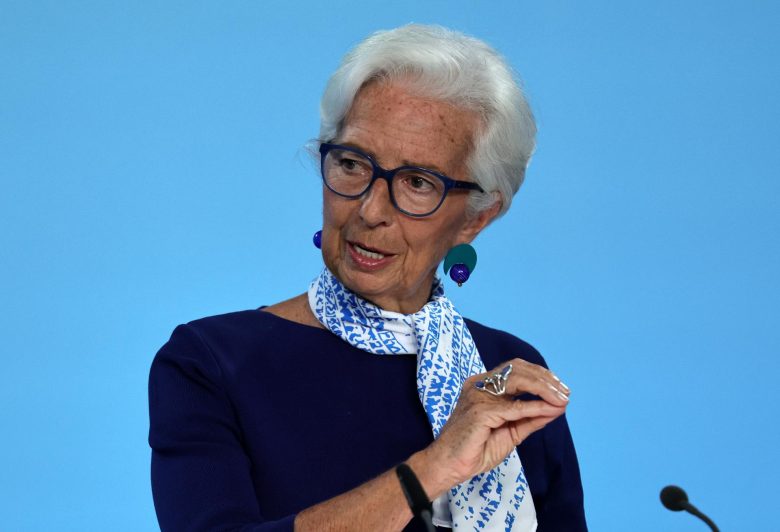Trump’s Growing Pressure on Federal Reserve Policy
Donald Trump’s repeated confrontations with the Federal Reserve have reignited concerns about the role of political influence in U.S. monetary policy. The Fed was designed to operate independently, tasked with promoting employment and keeping prices stable through decisions such as adjusting interest rates. This independence has long been considered a cornerstone of economic stability in the United States, shielding monetary policy from political agendas that could jeopardize long-term growth. Trump has openly criticized the Fed’s leadership, particularly its reluctance to lower interest rates as aggressively as he demands. While the Federal Reserve’s current benchmark interest rate remains between 4.25% and 4.5%, Trump has pushed for cuts to below 1%, arguing that cheaper borrowing would fuel economic expansion and ease the federal government’s debt burden. However, this stance ignores the persistent risk of inflation, which the Fed views as a significant danger if rates are cut too deeply. The result has been an unusual situation where a sitting president is attempting to exert visible pressure on a central bank that was deliberately structured to resist such influence.
Economic Risks of Weakening Monetary Independence
If the independence of the Federal Reserve were undermined, the consequences could ripple far beyond Washington. A politically controlled Fed might prioritize short-term growth over sustainable policies, leading to higher inflation, currency instability, and a loss of investor confidence in U.S. markets. The global implications are equally severe, as the United States remains the world’s largest economy and the U.S. dollar serves as the dominant reserve currency. Any perception that monetary policy is dictated by politics could reduce the credibility of the Fed and weaken the dollar’s role in international trade. Analysts warn that unchecked political influence could create uncertainty for global markets, especially in sectors that rely heavily on stable U.S. financing such as international trade, emerging economies, and commodities. The risks are not theoretical—similar episodes in other countries have shown that when central banks lose independence, inflation often accelerates and investment declines. For more insight into the dangers of inflation, the U.S. Bureau of Labor Statistics provides detailed reports that highlight how rising prices erode purchasing power and household savings.
Global Impact and Investor Confidence
The struggle between Trump and the Federal Reserve is not just a domestic issue—it has major international consequences. Global investors rely on predictable U.S. interest rate policy to make decisions about capital flows, trade agreements, and foreign exchange strategies. If the Fed is seen as politically compromised, markets may react with volatility, driving up borrowing costs for both businesses and governments around the world. Such instability could threaten global growth, especially in developing economies that depend on dollar-denominated financing. Moreover, central banks in other nations often look to the Fed as a model for how to balance growth and inflation. A politically influenced Fed would set a troubling precedent. To understand how central banking independence contributes to economic resilience, resources from the International Monetary Fund are particularly valuable, showing the long-term benefits of insulating monetary policy from politics. Meanwhile, for businesses and households, even modest interest rate shifts can reshape loan affordability, housing demand, and stock market performance. Platforms like Investopedia explain how rate changes directly influence everything from credit card interest to mortgage costs. For those tracking how these policies affect global trade, the World Bank offers extensive data on the links between monetary policy and international development.







